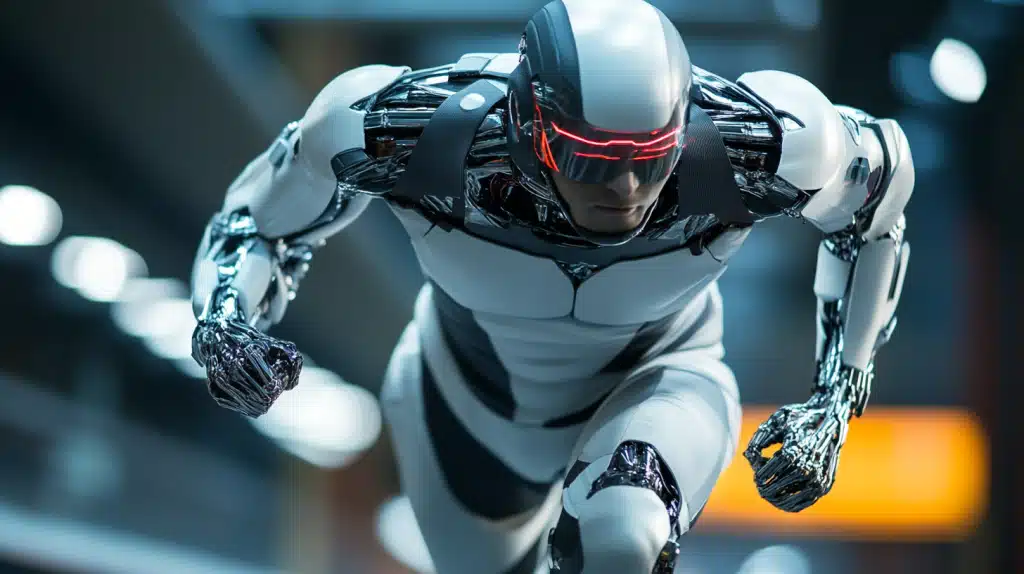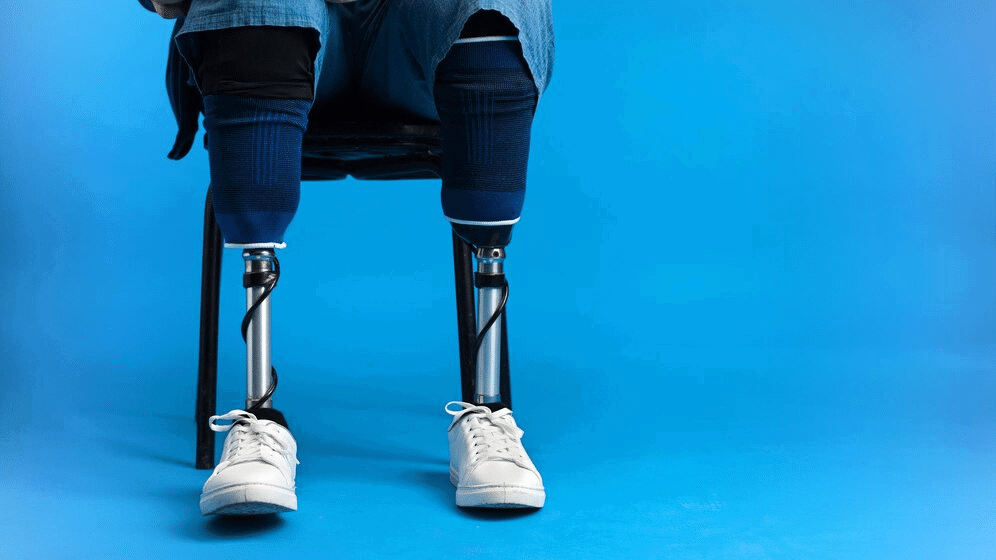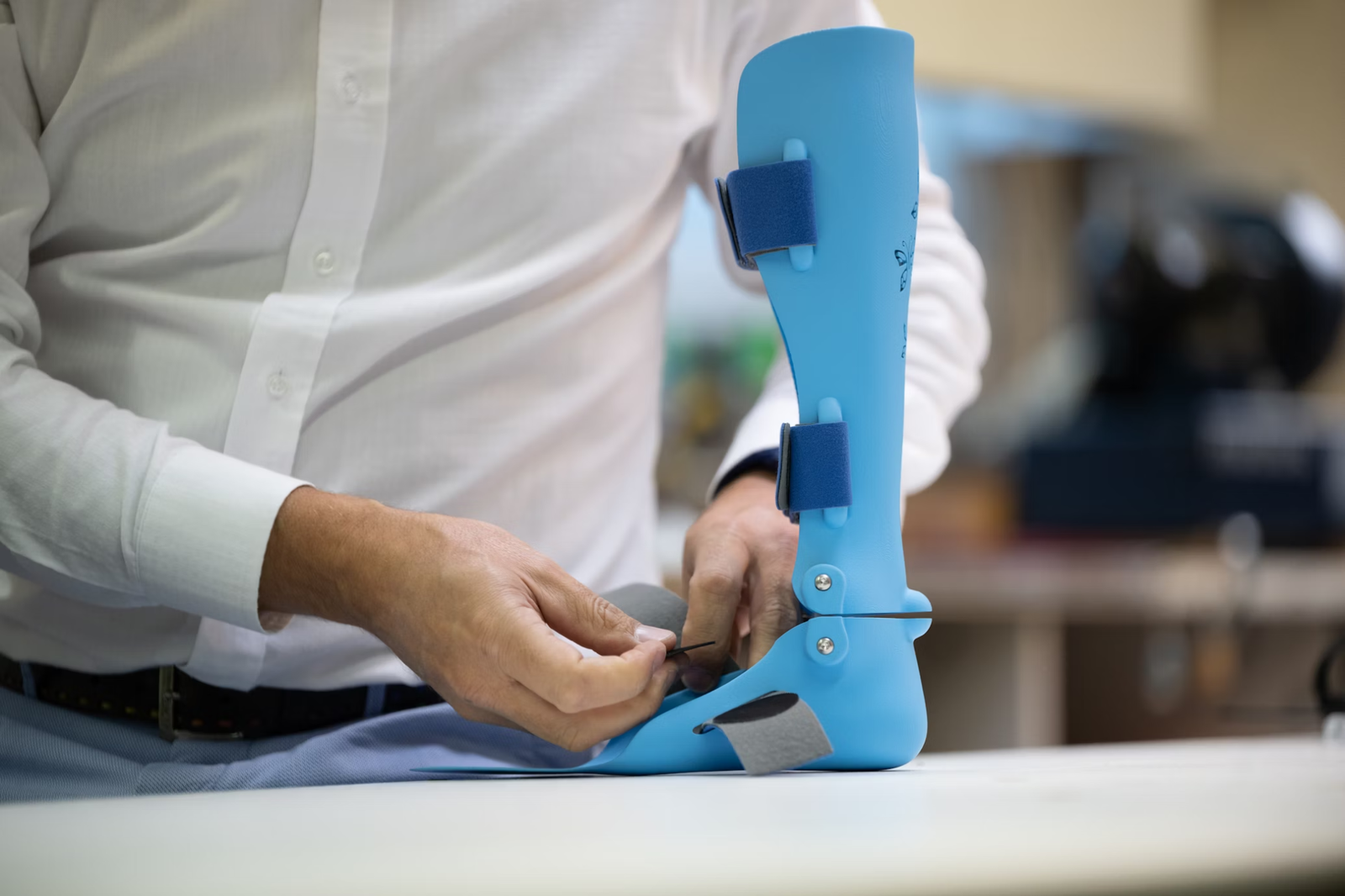Imagine a different world in which the very best athletes in the world, using bionic limbs, AI-enhanced reflexes, and other forms of advanced technology, are capable of being even stronger, faster, and more skilled than humans. In this reality, the line demarcating the precision of technology and human skills is becoming fainter, which opens the path for unimaginable possibilities but also raises numerous ethical concerns. Does the future of sports dominantly lie with biologically enhanced athletes? Or is this perhaps the dawn of a new era of competition altogether? Let’s find out!
Cyborg Sports: The Next Frontier
Humans have always been focused on breaking records, but what happens when technology is incorporated? Understanding the rise of cyborg athletes doesn’t seem as impossible with advanced prosthetics. Technologies like brain-machine interfaces and biomechanical enhancements are turning impossible feats into daily realities. And, speaking of technology, the Melbet download mobile app allows you to follow thousands of events and place bets on them directly from your smartphone! With a couple of clicks, you can place a bet even if you are in the most remote place on the planet, if there is at least a little mobile connection! Cool, right? But a cyborg man is even cooler, so let’s get back to bionic limbs.
Paralympic athletes utilizing state-of-the-art bionic limbs and AI-powered training prostheses are already competing at the level of fully-bodied runners. The ability to improve reaction time offers an unprecedented advantage, enabling greater chances of victory. Once considered for rehabilitation purposes, even exoskeleton suits are now being tested and utilized in high-performance sports. It isn’t evolution; it’s a determination to surpass limits.
Merging Humans with Technology
To what extent can we push the limits of human ability before considering them beyond humans? The integration of technology and biology is already happening, and it is changing every domain of sports. Here is how:
- The Enhancing Performance of Bionic Prosthetics: Athletes now have modern prosthetics, which aid them in performing at elite levels. These prosthetics are lighter, stronger, and more efficient than limbs.
- Neural Implants Boosting Reflexes: Reaction time can now be improved through brain-computer interfaces, which allow peripheral nerve bypass, meaning decision-making and movement execution can happen much faster.
- AI-Powered Biomechanics Optimization: Using wearables and AI technology, tech enables adjusting training in real-time, helping aid the achievement of perfect movement during mechanics.
- Exoskeletons & Strength Augmentation: Originally designed for medical rehabilitation, these suits, which help dominate in speed, endurance, and strength during competition, are now being engineered for performance enhancement.
The focus of these advancements is not simply recovery or disability. They serve as new boundaries for human physiques.
Bionic Limbs in Competitive Sports
Originally designed to assist the physically challenged, bionic prosthetics are now transforming sports. Thanks to the latest innovations in carbon fiber, titanium, and AI-powered movement systems, these prosthetics can outperform natural limbs in specific criteria.
Bionic running blades have been clocked at jaw-dropping speeds that put them on par with Olympic sprinters. The latest advancements in prosthetic arms make them capable of providing near-perfect control of grip, reaction time, and force distribution that can only be matched by natural muscles. Some athletes are even able to alter their balance and power during motion with the aid of pressure-sensitive artificial limbs, which human limbs cannot achieve.
This raises a massive ethical question — whether athletes with enhanced prosthetics compete alongside traditional competitors or consider this a whole new category of sports.
AI & Robotics Enhancing Athletes
It’s no longer just about mechanical enhancements. AI and robotics are revolutionizing the way athletes train, recover from injuries, and execute their tasks. Sophisticated technology is reformatting the sports world as we know it, optimizing smart, precise movements with lightning speed.
For example, the correction of form and elimination of wasted motion of an athlete can be completed in milliseconds by AI-powered motion analysis. Smart training systems prevent injuries before they happen by analyzing muscle fatigue and adjusting workload in real-time. Refined reflexes to levels previously thought impossible with the help of robotic training partners specifically designed to react at superhuman speeds.
Every step of the athletic training process is monitored by AI, making every move more efficient. This results in athletes not only training harder but also smarter!
Exoskeletons Boosting Performance
While exoskeletons were originally designed to aid the disabled in walking, they are now being used to enhance athletic performance. These devices can increase an athlete’s speed, endurance, and strength to superhuman levels. Just take a look at what they can do:
|
Feature |
How It Enhances Athletes |
Performance Gain |
Who Benefits? |
Ethical Concerns? |
|---|---|---|---|---|
|
Leg-Powered Exoskeletons |
Reduces muscle fatigue & increases endurance |
+40% stamina boost |
Marathon runners, cyclists |
Yes |
|
Upper-Body Exosuits |
Enhances arm strength & precision |
+25% increased shot power |
Basketball players, boxers |
Yes |
|
AI-Assisted Speed Boosters |
Enhances sprint speed with minimal energy use |
+15% faster acceleration |
Sprinters, football players |
Yes |
|
Neural-Controlled Exosuits |
Synchronizes with brain signals for instant reaction |
Faster response times by 20% |
Combat sports, goalkeepers |
Yes |
|
Recovery Exoskeletons |
Speeds up post-injury rehabilitation |
30% faster healing |
All sports |
No |
Given all these advantages, the wonder isn’t whether exoskeletons will be included in sports. They will be, but the question is when.
Ethical Debates in Cyborg Athletics
Cyborg sports are now more prevalent than ever, but with newly developed tech comes a new set of ethical dilemmas. Should athletes who use technology like bionics and neural enhancements to compete be classified under a different category? What is considered an unfair advantage?
Applying advanced bionics together with neural enhancements may lead to a phenomenon some critics deem a “two-tiered sports system.” Such technology would allow athletes to outclass their rivals and thus push above and beyond human limitations. Others suggest that there should be a subdivision in sports labeled cyborg, where athletes use human-machine hybrid upgrades without limits.
It seems technology is progressing quickly without regulations keeping up, and soon, the issue will no longer be if cyborg sports will emerge but rather how to control them once they do.
How Tech Is Redefining Sports
The evolution of cyborg technologies in sports is, without a doubt, modernizing. The term “athlete” is being redefined due to groundbreaking developments in:
- Artificial Muscle Fibers: Developments in stronger, self-repairing polymers that can function as muscles will one day eliminate the need for ligament and tendon surgery.
- Neural Enhancements: Implanting AI chips into the brain for upgraded reaction times.
- Smart Prosthetics: Prosthetic limbs that provide real-time adaptation to game conditions in order to deliver peak playing power.
- Biomechanical Feedback Loop: Self-correcting AI systems that help identify and re-guide an athlete’s movement to enable motion correction in an instinctive manner.
A new branch of sports science is emerging, and it focuses on engineering human performance rather than just training.
The Rise of Augmented Athletes
Cyborg athletes are already here. Prosthetic limbs controlled by the human brain, AI-powered exosuits, and robotic arms are advanced technologies that are achievable today. The integration of technology into the training of athletes hints that competitions devoid of technology might soon become non-existent.
What will happen to society when an AI-trained runner breaks the record set by human Olympic champions? The marvels of technology, like robotic-assisted punch-boxing, where the robot can throw punches faster than a human can fathom, only scratch the surface of the consequences we’re bound to deal with.
What’s Next for Cyborg Sports?
These innovations in technology will undoubtedly redefine the way we look at sports. The difference between a human and a machine was, at one point, clearly defined, but now, there are limitless opportunities waiting to be explored. In the following years, athletic events will no longer showcase mere athletes but will boast hybrids, enhanced organisms, and cyborgs dutifully redefining the realms of human capability. Rather than the end of sports, this marks the metamorphosis of competition itself. Are you prepared for what will come?






















